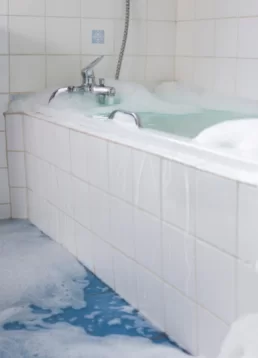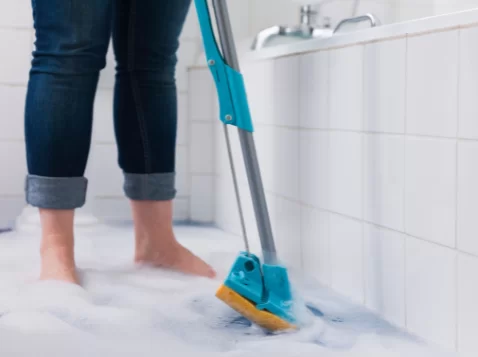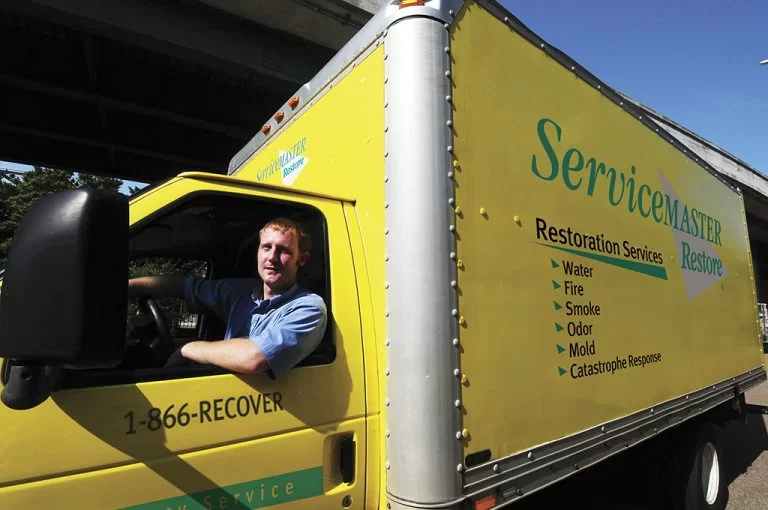When it comes to plumbing disasters, a bathtub overflow can be one of the messiest and most overwhelming issues to tackle. The repercussions of not knowing how to respond rapidly and effectively in such an emergency situation can cause irreversible water damage; however, this doesn’t have to be your reality. By equipping yourself with the right knowledge on how to diagnose and contain an overflowing tub, you can protect your home and furniture from expensive repairs or replacements—saving both time and money. Keep reading for our top tips on responding correctly when faced with a bathtub overflow.
Bathtub Overflow – What To Do
Step 1: Turn Off the Water Supply
 The first thing you’ll need to do in the event of an overflow is turn off the water supply connected to your bathtub. This will help stop any further flooding from occurring. You can usually do this by turning off the shut-off valve located near your bathroom sink or tub faucet. Once the valve has been turned off, check for any remaining water in the tub and drainage pipes and make sure that all of it has been drained away before continuing with any other repairs.
The first thing you’ll need to do in the event of an overflow is turn off the water supply connected to your bathtub. This will help stop any further flooding from occurring. You can usually do this by turning off the shut-off valve located near your bathroom sink or tub faucet. Once the valve has been turned off, check for any remaining water in the tub and drainage pipes and make sure that all of it has been drained away before continuing with any other repairs.
Step 2: Assess the Damage
Once you have stopped the flow of water, assess how much damage has already been done from the flood and determine what needs to be done in order to prevent further damage from occurring. Take note of any visible signs of mold or mildew growth and determine if there is any structural damage that needs attention. It’s also important to inspect your walls and flooring for any signs of water damage, such as warping or discoloration.
Step 3: Clean Up Excess Water
Quickly locate a mop and bucket to continue removing excess water and prevent it from seeping through to other floors of your home. After mopping up the water, head downstairs to check for any signs of damage to the ceiling and any fixtures below the bathroom. If necessary, place buckets underneath any water dripping from the ceiling, and contact a certified restoration company for further assistance.

Step 4: Contact Your Insurance Company
Homeowner’s insurance can come to the rescue for water damage, but it depends on the circumstances. In usual cases of accidents or unforeseen incidents, the insurance company typically takes care of the related damage and costs. However, if the bathtub overflow is a result of poor maintenance, then you will be liable to pay the expenses out of your own pocket. The lack of proper maintenance will not be accepted as an excuse anywhere, whether it results in visible flooding or not. It is therefore important to maintain homes on a regular basis and keep a close eye on plumbing fixtures and other equipment that can lead to unexpected water leakage or overflow.
Step 5: Find the Source of the Problem
In order to prevent a bathtub overflow in the future, it is important to identify and address the source of the initial damage. Inspection of the plumbing fixtures, pipes, drains, and other connections related to the bathtub can help pinpoint potential problems that caused the overflow. If a clogged drain was responsible, investigate further to determine what might have caused it in the first place. If a leak isn’t readily apparent or easy to fix, it could be beneficial to call in a professional who can provide an accurate diagnosis of the situation.
Step 6: Contact a Water Damage Restoration Company
If you don’t feel comfortable conducting an inspection or repairs on your own, it’s best to leave this job up to a professional water damage restoration company that will be better equipped to handle the situation properly. A water remediation professional can inspect your pipes and determine what caused the overflow in order to prevent future occurrences from happening again. They can also install new drainage systems or valves that may need replacing due to age or wear and tear over time. Additionally, they can give you guidance on how often you should have these maintenance checks done in order to keep your plumbing system running smoothly in between visits from a professional service technician.

Adequately dealing with a bathtub overflow can seem like a daunting task. However, by following the five steps outlined in this blog post—turning off the water supply, assessing damage, cleaning up excess water, contacting your insurance company, and calling for a professional plumber—you’ll be able to handle this type of emergency with ease. It is important not to panic in such situations, as taking proactive and calculated steps will help prevent further damage and ensure that your bathtub gets up and running smoothly again. If the issue persists or worsens after taking these five steps, it is important to contact our professionals for water damage restoration immediately. Our technicians at ServiceMaster Restoration and Cleaning have the right tools and experience needed to resolve any potential lasting issues.

